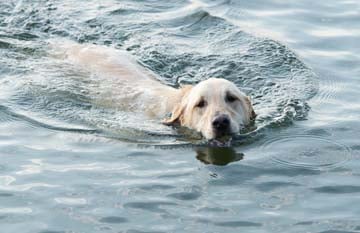Shock waves in gas dynamics
Contents
Shock waves in gas dynamics¶
1d homentropic flow¶
We start with the momentum equation and the equations for mass conservation:
We also assume that the gas is homentropic: that is, that the entropy takes the form \(S = \ln p/\rho^{\gamma} \equiv \ln c\) is not just conserved for each fluid element (as in (3.57) of Acheson), but constant throughout the flow. We will now solve Acheson problem 3.22 to find equations for the 1d homentropic gas which are more suitable for analysis via the method of characteristics.
Letting \(p = c \rho^{\gamma}\), we find
Now let \(a^2 = \gamma p/\rho = \gamma c \rho^{\gamma - 1}\) be the speed of sound for small fluctuations about \(u = 0\) and \(p, \rho\) the background pressure and density. Following the shallow water equation analysis, we will recast our equations in tems of \(u\) and \(a\).
Taking the derivative of the definition of \(a^2\), we find
so that
Next, we recast the mass conservation equation as
By the same arguemnt as above,
Multiplying the mass conservation equation by \(\frac{\gamma c}{a} \rho^{\gamma - 2}\), we find
Finally, adding and subtracting this form of the mass conservation equation from (53), we get the equations
You may realize at this point that these equations are very close to tose for the shallow water equations with \(c \to a\), except for the factor of \(\gamma - 1\) in the denominators of the right hand side.
Moving piston¶
Now we can consider an analog of the todal bore problem, a piston moving with velocity \(U = \alpha t\) into a gas that has initial sound speed \(a_0\) and initial velocity \(u = 0\). We can follow the discussion of the SWEs, defining characteristic failies
with associated Riemann invariants
Once again, for \(t < 0\), \(u = 0, a = a_0\), \(\Gamma_{\pm} = \pm \frac{2}{\gamma - 1} a_0\), and the characteristics are
so characteristics are straight lines. As we continue to positive \(t\), this story continues until the \(C_-\) geodesics hit the line \(x = a_0 t\). Finally, we can continue the \(C_-\) geodesics past this point to the piston boundary at \(x = \half \alpha t^2\). In this region the Riemann invariant \(\Gamma_-\) is still
we can use this to solve for \(a\) and apply the solution to the first equation in (54) to get:
Defining \(z = (\half(\gamma+1) u + a_0\) we once again find \(\p_t z + z \p_x z = 0\). In analogy to teh shallow water equations,
At time \(t = 2 a_0/((\gamma + 1)\alpha)\) the solutions become singular; in this case the resulting singularity is called a shock.
Matching solutions across shock fronts¶
As in the case of the hydraulic jump, while we may not be able to describe the shock itself without a fuller microscopic description, we can constrain the flow on both sides of the shock. Here we demand not only conservation of mass and momentum flux, but conservation of energy flux. This last is distinct from the hydraulic jump case, in which we assume the region at the jump can dissipate energy. The point here is that the shock front is expected to be extremely thin; alhough in practice dissipative processes are important inside the shock front, the front is too thin for these processes to deplete energy of fluid moving through it.
The result are the Rankine-Hugoniot equations:
Finally, we demand that the entropy \(S = \ln p\rho^{-\gamma}\) should increase as fluid flows across the shock, so that
In this case the Froude number (the ration of the fluid velocity to the velociy of surface waves in the shallow water limit) is replaced by the Mach number \(M_i = u_i/a_i\). In the present case, some work leads to
\(M_1 > 1\), \(M_2 < 1\).
\(p_2 > p_1\), \(\rho_2 > \rho_1\).
